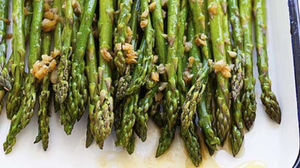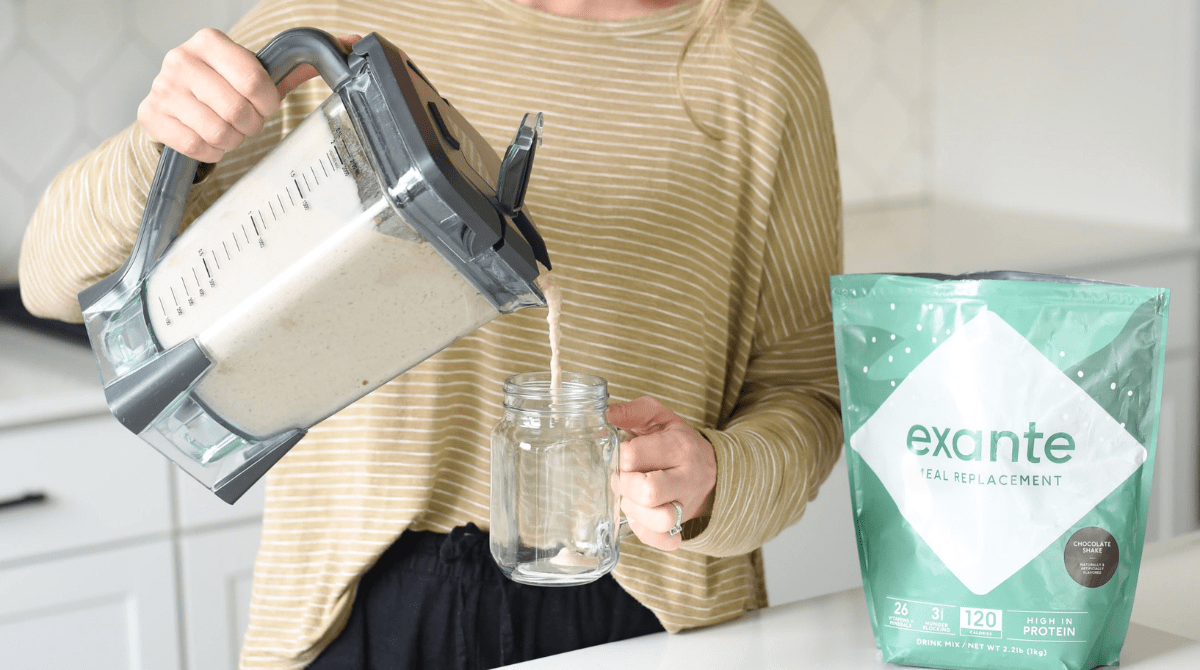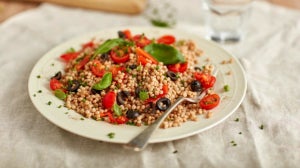
To lose weight, you need to burn more calories than you’re taking in. This is called a calorie deficit. Achieving it requires some strategy, but can be incredibly effective if done right. Studies have shown cutting calories can be an effective way to lose weight. However, if you’ve ever tried to cut calories without success, you may wonder what you’re doing wrong. When it comes down to it, achieving a calorie deficit to lose weight involves tackling your calorie balance from all angles - diet, exercise, and other factors you may not have thought of.
What Is a Calorie Deficit?
What is a calorie deficit meaning exactly? It is simply when your body burns more calories than it is taking in, which can trigger weight loss. For example, if you’re burning 2000 calories a day but are only taking in 1500, you’ll be in a deficit. The body then begins to burn stored body fat for energy, leading to weight loss. However, it’s not necessarily as simple as a calorie in/calorie out equation. The typeof food you eat and your exercise routine are also of the essence.

How to Get In a Calorie Deficit to Lose Weight
If you’re asking yourself how do I calculate my calorie deficit, you’re in the right place. To start, you have to first determine your daily maintenance calories, known as your basal metabolic rate (BMR). You can use an online tool to calculate this, then multiply an activity factor based on your activity level. The most accurate tools use a formula called the Mifflin-St Jeor equation to calculate your BMR.
Once you determine your maintenance calories, the National Institute of Health recommends adding a 500-calorie deficit to lose 2 lbs a week. This means if your maintenance calories are 2,000, you subtract 500 for a daily calorie goal of 1500 calories. To meet your calorie goals for weight loss, you’ll have to decrease your calories, exercise more, or both.
Diet
While both diet and exercise are essential, your calorie deficit food choices play an even bigger role. If your goal is to get into a calorie deficit for fat loss, here are some easy diet tweaks to start with:
Drink plenty of water and limit calorie-containing beverages like soda, juice, alcohol, or fancy coffee drinks.
Struggle to drink water all day, every day? Look no further, level up and add our fruity BOOST Stick Packs to your water to help you stay hydrated, especially in the hot summer months.
Eat fiber-rich fruits and veggies to curb hunger.
Prioritize lean proteins with meals - such as chicken breast, eggs, Greek yogurt, and tofu.
Use smaller plates for portion control.
These simple tweaks to your diet can help you lose weight without feeling deprived.
Exercise
We tend to overestimate how many calories we burn during exercise, and fitness trackers tend to do this too. Because of this, exercise plays a smaller role in the calorie deficit equation than diet, but it is just as important. Even so, exercise still plays a vital role in the energy balance equation. Here are a few easy ways to up your calorie burn:
- Understand how many calories you’re burning during exercise.
Increase the intensity or duration of your workouts.
- Try high-intensity interval training (HIIT) exercises.
Incorporate more strength training into your routine.
It can also be helpful to track in a calorie-counting app such as MyFitnessPal to ensure you’re staying in a deficit. For best results, consider working with a professional like a physician or Registered Dietitian for more individualized guidance.

Other Factors to Consider
In addition to reducing calories, there are a few other factors that can affect your weight loss success. First, it’s important to be mindful of your eating habits and relationship with food. Determine if there are any old habits, such as emotional or stress eating that may become a roadblock. Addressing these factors sooner rather than later will increase your chances of lasting weight loss. Your calorie needs also decrease as you lose weight. So if you already lost 20 lbs and hit a weight loss plateau, it may be time to reassess your calorie deficit diet and see if you need to reduce your calories (or increase your exercise) a bit more. Looking for low calorie meal alternatives? Our Shakes, JUICED and Buttermilk Pancakes Mix are the perfect option to help keep you in a calorie deficit!
Achieving and maintaining a calorie deficit is needed for weight loss, but it’s not necessarily the end-all-be-all. It’s most important to listen to your body and adjust based on how you feel, not solely on a prescribed calorie number. Weight loss nutrition is not always an exact science, and there are several factors at play.
Speak to your doctor or Registered Dietitian to determine the best healthy weight loss plan for your needs.

Related Articles








